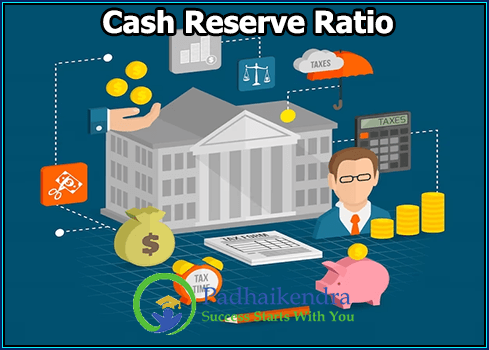Average Cost is a business and economics term that represents the cost of producing a single unit of a product or service. It is calculated by dividing the total cost of producing a certain quantity of goods or services by the number of units produced. In other words, average cost is the total cost per unit of output. Average cost is an important concept in business and economics as it helps companies to determine the most efficient way to produce their products or services. By calculating the average cost, businesses can determine the minimum price at which they need to sell their products or services to make a profit, and also make decisions on how to reduce their production costs to improve their profitability.
Average Cost Formula
The formula for average cost is:
Average Cost = Total Cost / Quantity
where:
- Total Cost is the sum of all the costs incurred to produce a certain quantity of goods or services.
- Quantity is the number of units of output produced.
The average cost formula is used by businesses and economists to determine the cost per unit of output, which is important for making decisions related to production, pricing, and profitability.
How to Calculate Average Cost?
To calculate the average cost of producing a certain quantity of goods or services, you need to follow these steps:
- Determine the total cost of producing the quantity of goods or services. This includes all the costs associated with production, such as labor, materials, overhead expenses, and any other expenses incurred in the production process.
- Determine the quantity of goods or services produced. This can be measured in units, such as the number of items produced, or in terms of volume or weight, such as the number of gallons or pounds produced.
- Divide the total cost by the quantity of output to get the average cost per unit. This gives you the cost of producing one unit of output.
The formula for calculating average cost is:
Average Cost = Total Cost / Quantity
For example, let’s say that a company produces 1,000 units of a product and incurs total production costs of $10,000. To calculate the average cost per unit, we would use the formula as follows:
Average Cost = Total Cost / Quantity Average Cost = $10,000 / 1,000 Average Cost = $10
Therefore, the average cost of producing one unit of the product is $10.
By calculating the average cost, businesses can determine the minimum price at which they need to sell their products or services to make a profit, and also make decisions on how to reduce their production costs to improve their profitability.
Average Cost and Marginal Cost
Average cost and marginal cost are both important concepts in business and economics that help companies to understand their production costs and make decisions related to pricing and production.
Average cost represents the total cost of producing a certain quantity of goods or services, divided by the number of units produced. It gives the average cost per unit of output. On the other hand, marginal cost represents the additional cost incurred by producing one additional unit of output.
The key difference between average cost and marginal cost is that average cost looks at the total cost of production over a given period, while marginal cost looks at the change in cost for producing one more unit of output.
To calculate average cost, you divide the total cost by the number of units produced:
Average Cost = Total Cost / Quantity
To calculate marginal cost, you look at the change in total cost when producing one more unit of output:
Marginal Cost = Change in Total Cost / Change in Quantity
For example, if a company produces 1,000 units of a product at a total cost of $10,000, the average cost per unit is $10. If the company decides to produce one more unit, and the total cost increases to $10,100, then the marginal cost of producing that additional unit is $100.
Both average cost and marginal cost are important for companies to understand in order to make informed decisions about pricing and production. By knowing their average cost, businesses can determine the minimum price at which they need to sell their products or services to make a profit. By knowing their marginal cost, businesses can determine how much it costs to produce one more unit of output, and whether it is profitable to produce that additional unit.




